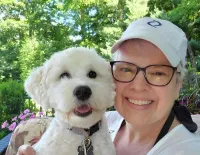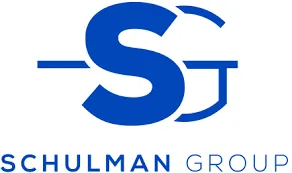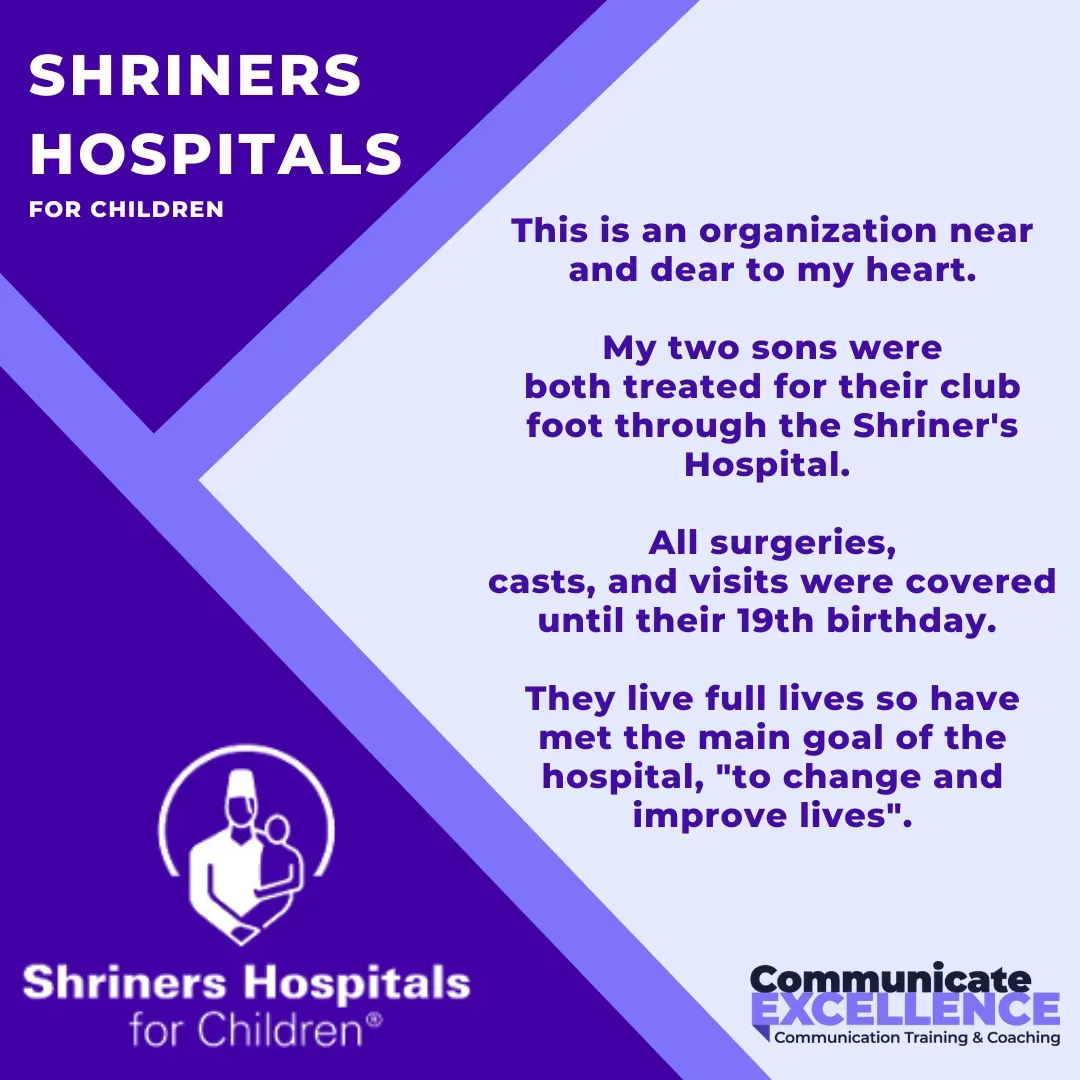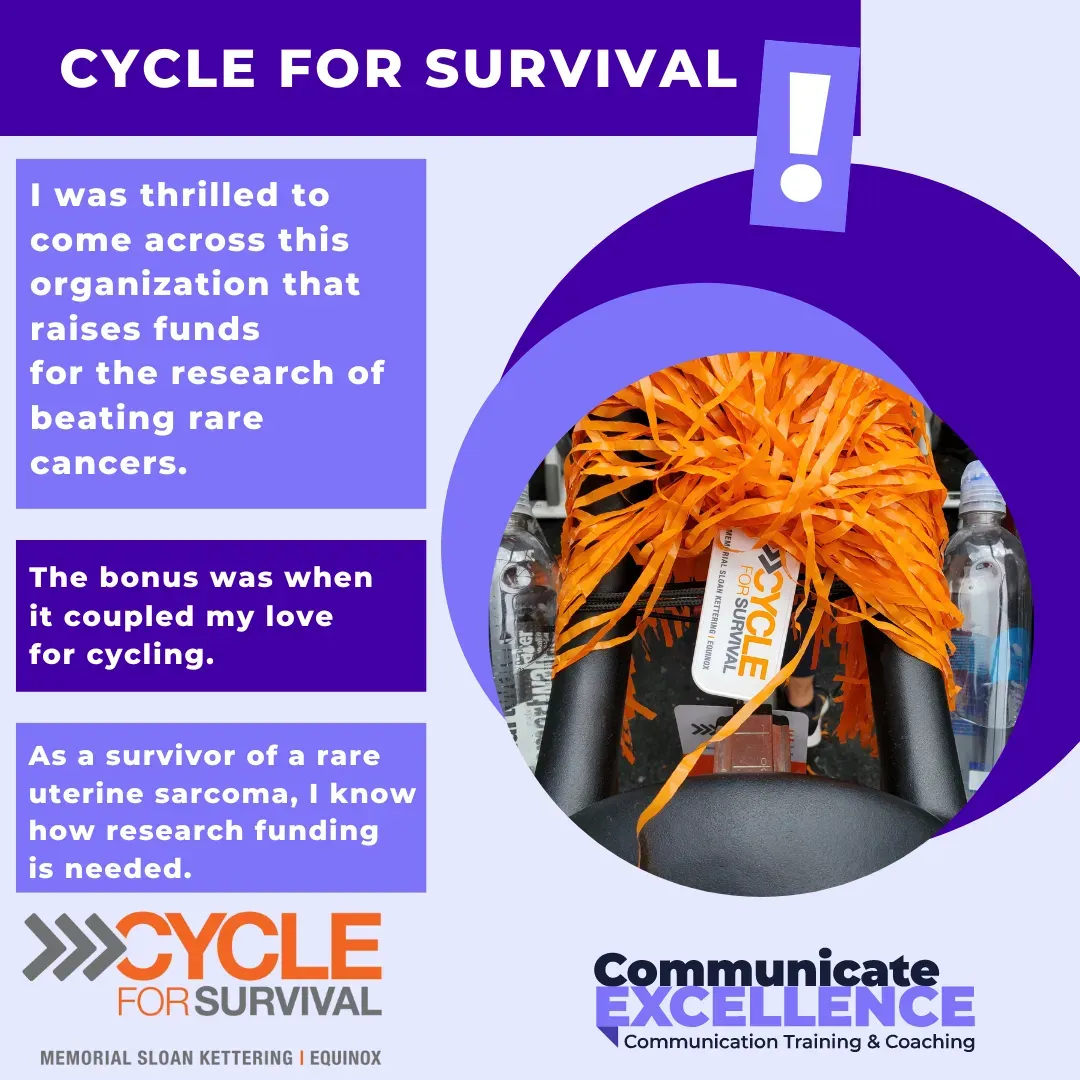Win their Loyalty
Get Certified in Making Patients Happy
Win their Loyalty
Get Certified in Making Patients Happy
Imagine Producing an Additional $300,000 Each Year
The average single doctor practice (per Gaidge), which receives approximately 850 new patient calls each year, this increase translates to nearly $300,000.
Before Amy:
After Amy:
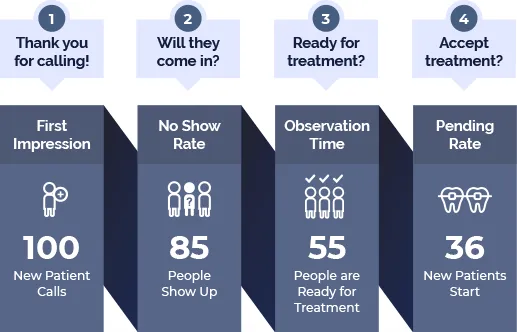

After Amy:
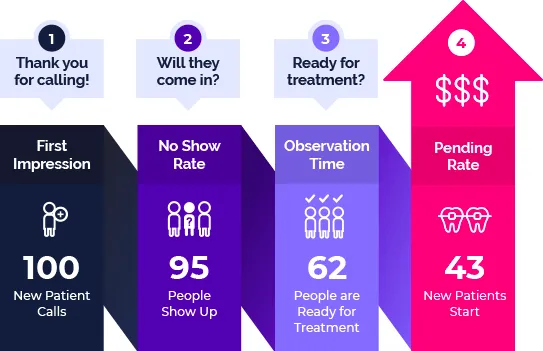
From Bogged Down to Brief
Some questions can make us feel like we're tap-dancing when we should just answer the question and move on.
Amy coached this scheduling coordinator the art of BREVITY: sentences on the phone; paragraphs in person.
Before
After
From Mousy To Scheduling Ninja
This scheduling coordinator used to dread making appointments, and has now become this practice's ninja (STILL over four years later according to her Doctor!)
Amy helped Debbie feel more confident and use the proper leading question to offer appointments which put Debbie in control of the conversation.
Before
After
My customer communication training will help you to 10X your patient experience to massively impact your Win ratio!
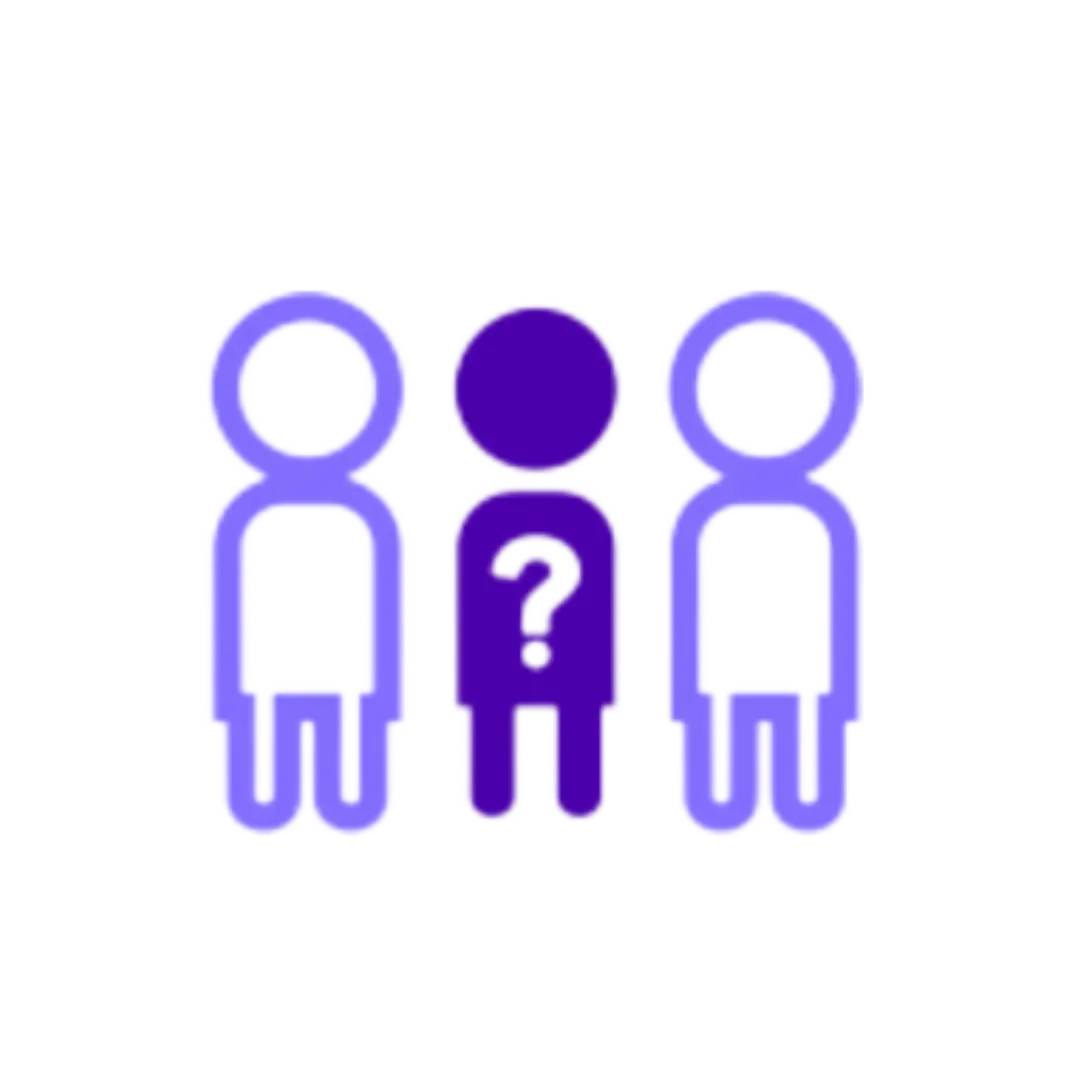
40%
Decrease in No Shows
because all your customer relationships are real connections, right from the start.
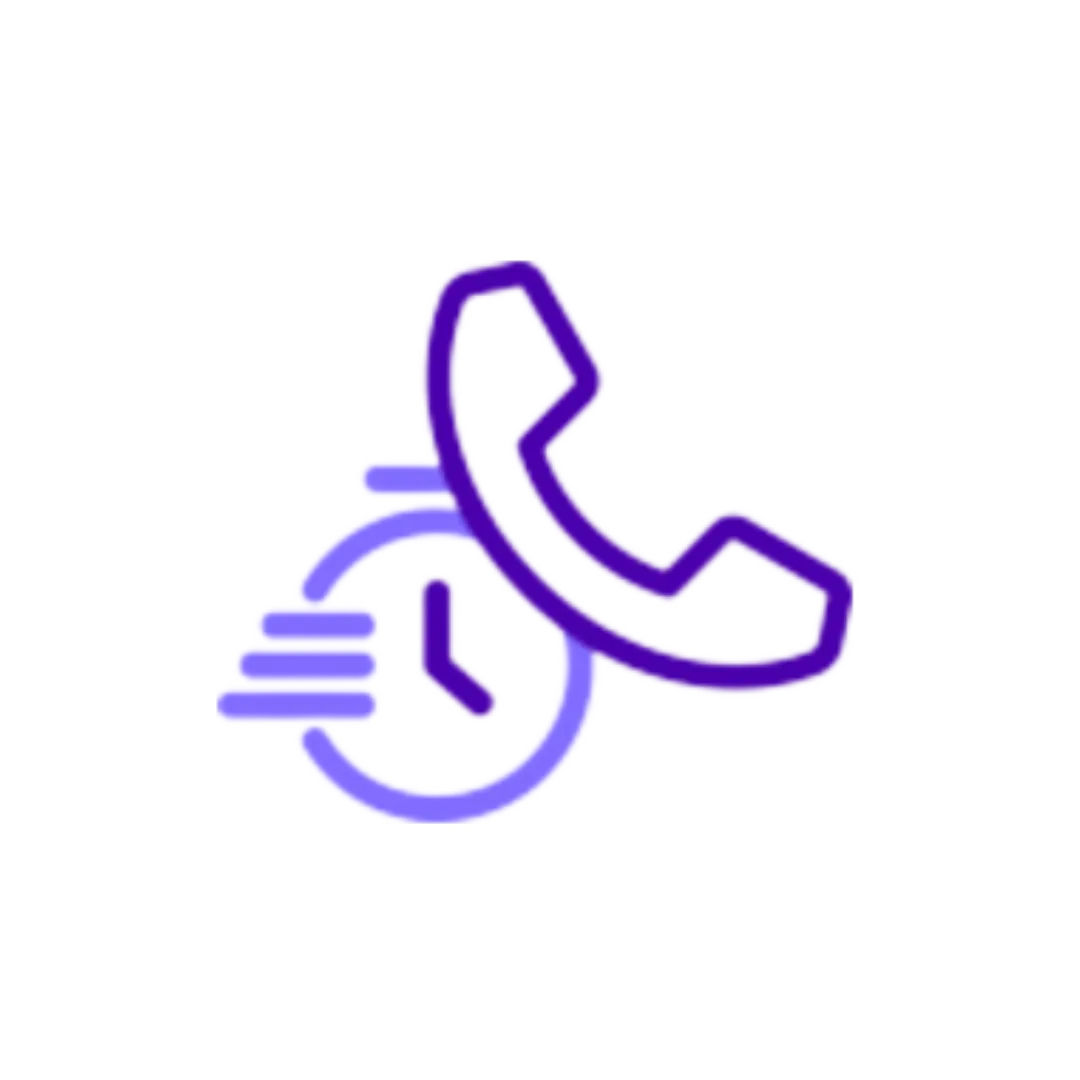
64%
Reduction in Longer, Problem Calls
because you're no longer inadvertently upsetting your valued customers.
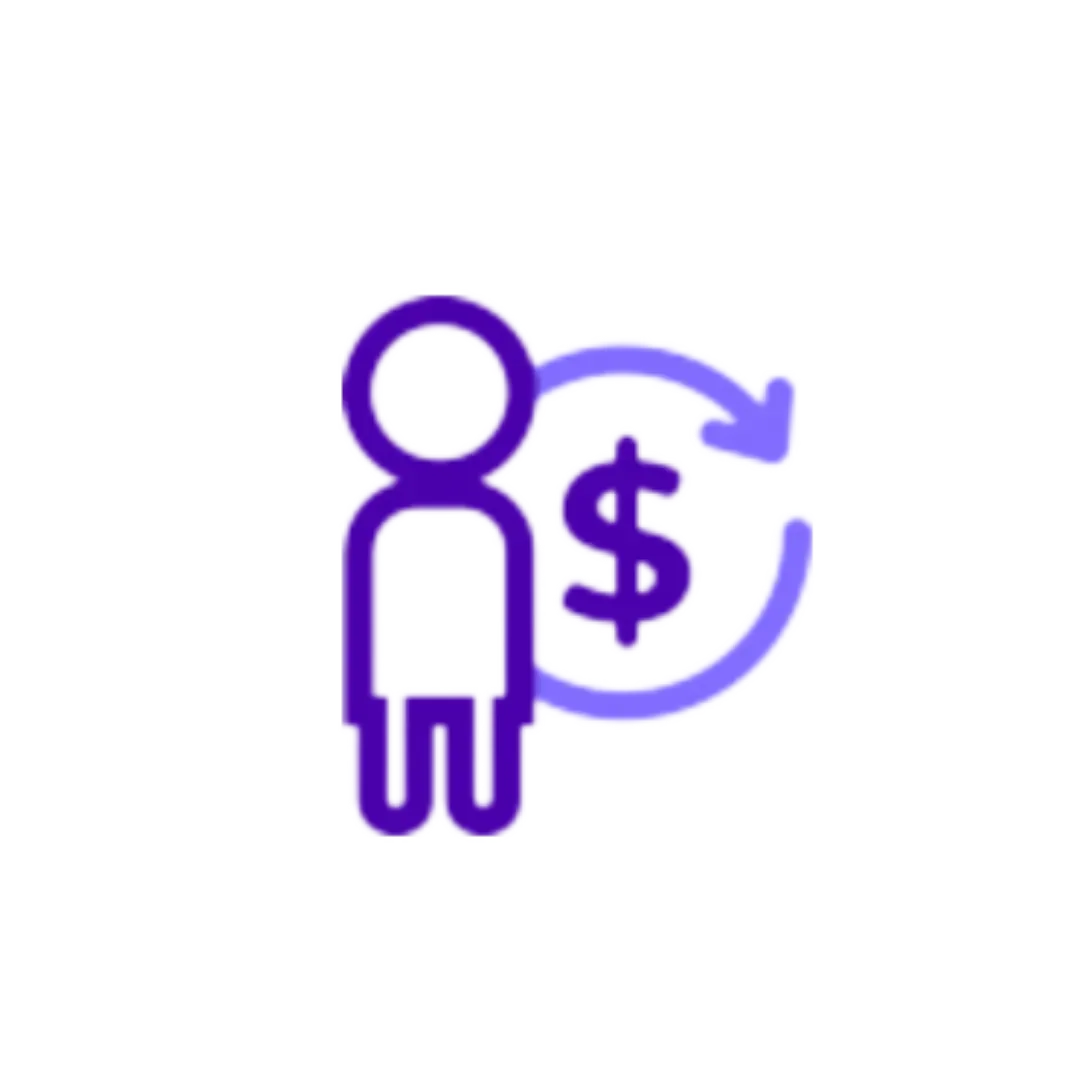
Large Call to Action Headline
20%
Increase in Production
because you've built trust with your customers from the beginning, so your win ratio is much higher.
What Our Clients Are Saying:
HOW TO WORK WITH ME

Phone Coaching
Telephone skills training for efficient and impactful first impressions with your receptionist and front office team.

Sales Coaching
Treatment Coordinator communication training for consultations to adapt, read the room, and win the start.

Workshops & Keynotes
Book me for your team or appreciation event you are running to provide customer experience training.
Join my mailing list for regular inspiration, tips and techniques to share with your team.
Watch my short video on the 5 Types of Questions as a welcome gift.
Did you know there are different types of questions? Annoyingly, we often default to the question type that doesn't actually help move us towards our goal.
Take a few moments to watch my short video and you'll learn a few of the different types so you can be more conscious of your speaking habits and bring the correct question type to the situation at hand.
Do share this video with the rest of your team to help them make the same change - it's my little thank you for having you join my mailing list.


Explaining the Obvious: 3 Curses of Knowledge
Have you ever wondered why your patients and customers just don’t “get it”? You are explaining the obvious. Why don’t they get it!?! Could something else be in play? There is. You are victim to the “Curse of Knowledge”. (A great book about this is Made to Stick by Chip and Dan Heath.) Let me explain.
To you, it is obvious because it is such common knowledge and you use it multiple times every working day. But to your patients, it is brand new and unfamiliar. I don’t want you “dumbing it down”, rather you need to explain it with universal language and examples that make sense to them.
3 Curses of Knowledge
Pokes
Let’s start with pokes.
Pokes happen. Use the winding rope example. Let the client know that this is not unusual, and it’s temporary. Remind the client that as the wire moves the uneven teeth into place, it might poke out of the back of the braces. You will provide wax for comfort and we can see them and clip a wire if it’s uncomfortable.
Gaps
Sometimes, as we are moving teeth in the mouth, they do not all move at the same time as a unit. And, that can create spaces and gaps between some teeth. Use the cars at a stoplight example to illustrate the phenomenon. Remind them that this is a temporary and common situation. The teeth are not going to stay that way. It is all part of the process to a beautiful smile.
Bites
Our final example is about bites. When explaining buildups to a parent you can use the sticky-candy-in-molars example. This is annoying but serves a vital function. The changes in the bite will occur. Once the purpose of the buildup is complete they will be removed.
Summary
All in all, remember that what is obvious to you is new to them. Explain, explain, and explain again. Use concrete everyday life examples to illustrate what is going on to alleviate concerns and frustrations. All this will lead to fewer panicked calls to the practice and calmer and more satisfied patients and families.
Our Clients' Experiences
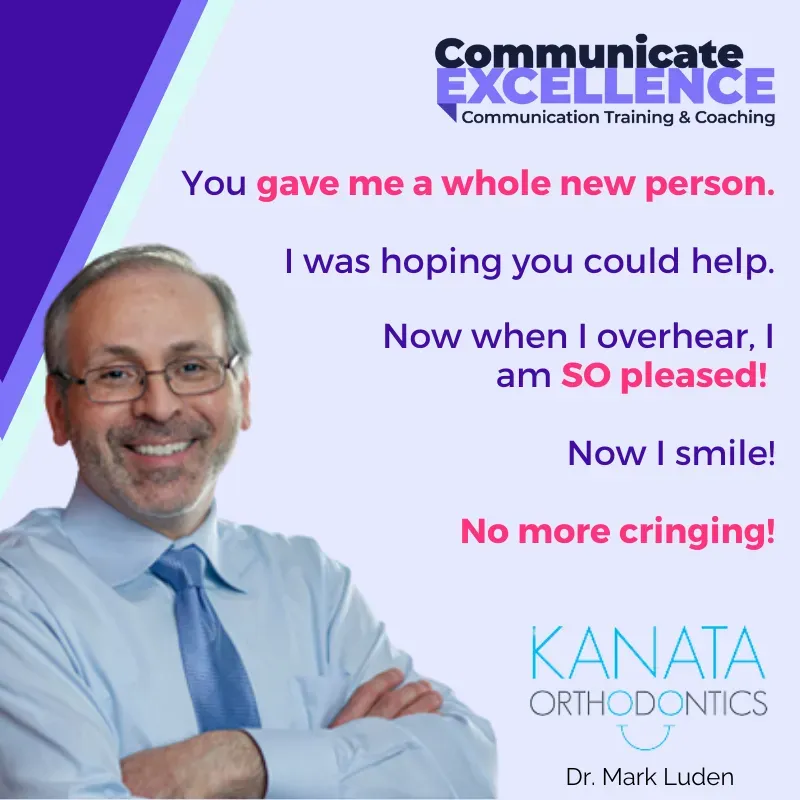
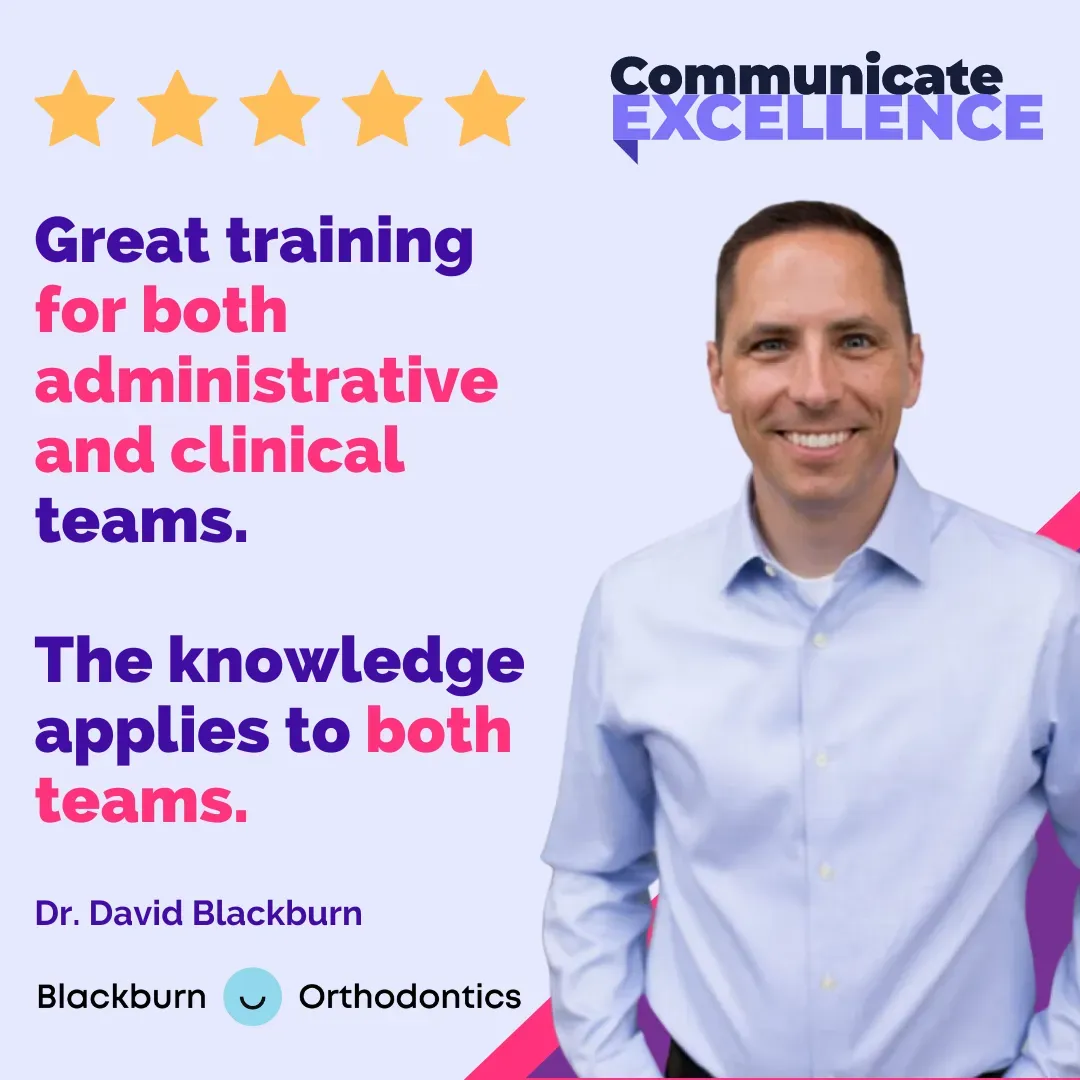
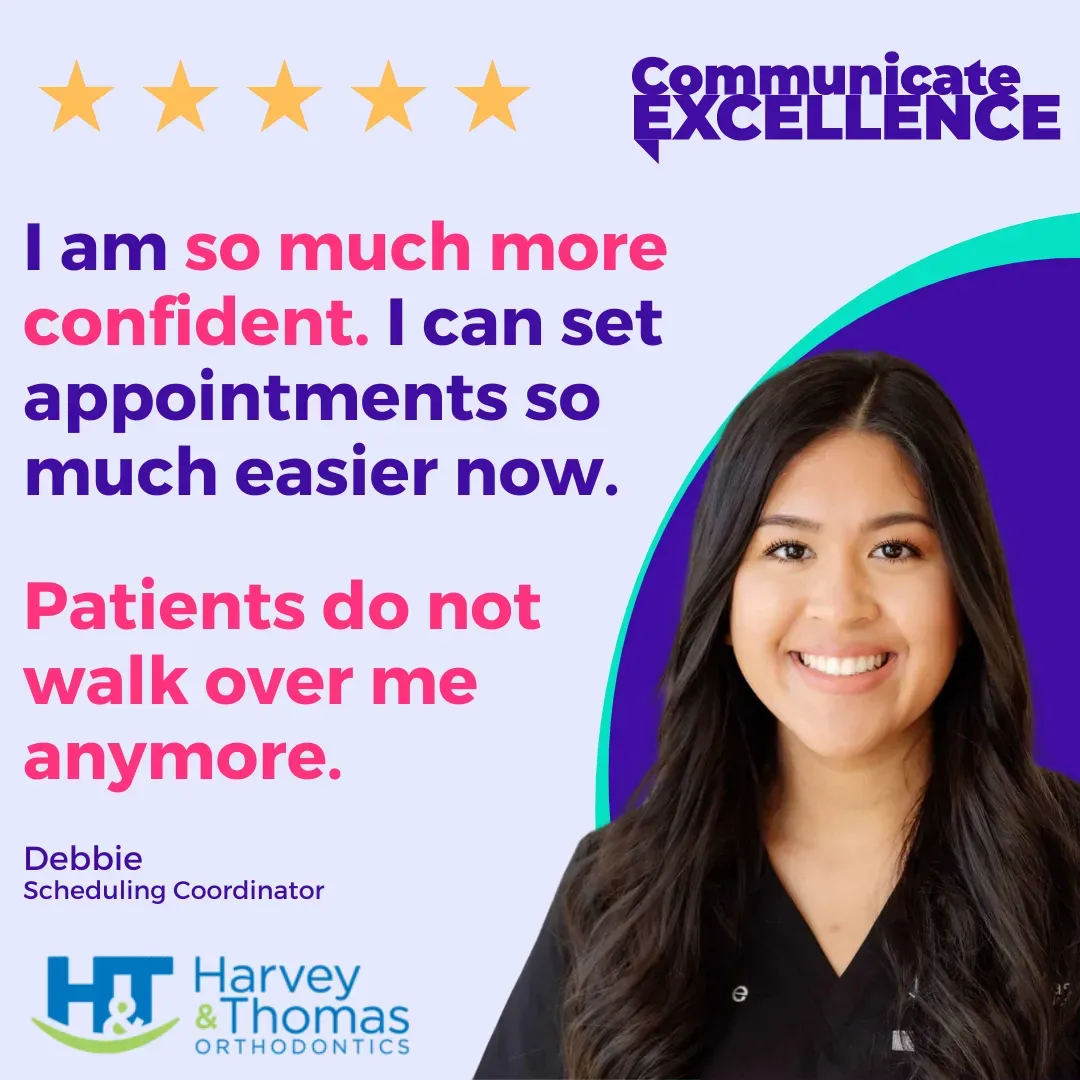
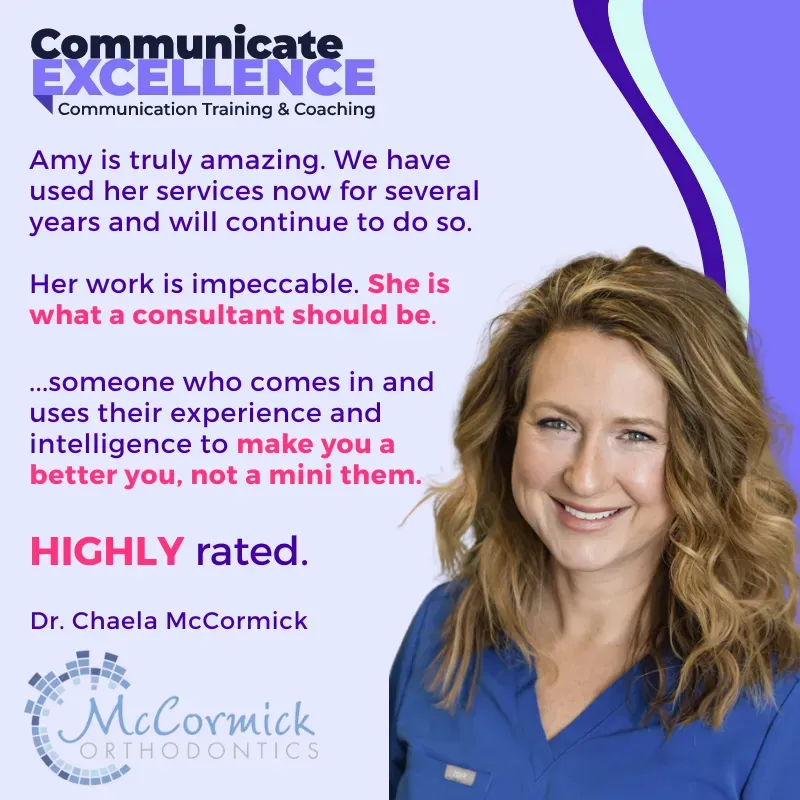


Preferred Provider For:
As a bonus for being a member of these organizations you will receive a discount on my services.
Schulman Group leaders say
“The Schulman Group is pleased to call Amy Demas/Communicate Excellence one of our valued preferred consultants and a huge advocate for our educational programming efforts. Her "can do" attitude has served the group in many capacities over the years…..as a consultant, as a program speaker and most recently served as moderator for our Doctor and Team Meeting. As speaker and consultant, Amy offers invaluable insight on communication skills for all orthodontic team members and has helped a number of our members streamline and improve office interactions with patients.”
Emily, Mari's List says
"Amy Demas is a shining star when it comes to training front desk staff, scheduling coordinators and treatment coordinators. She truly communicates excellence. Mari's List feels confident endorsing Amy because of her long history of exceptional professionalism and glowing reviews from our members."



